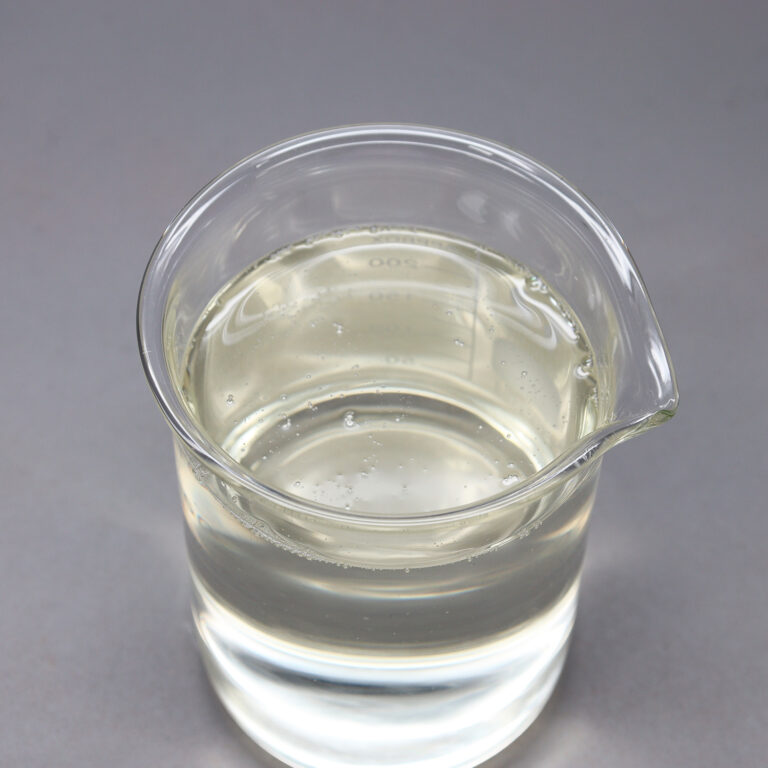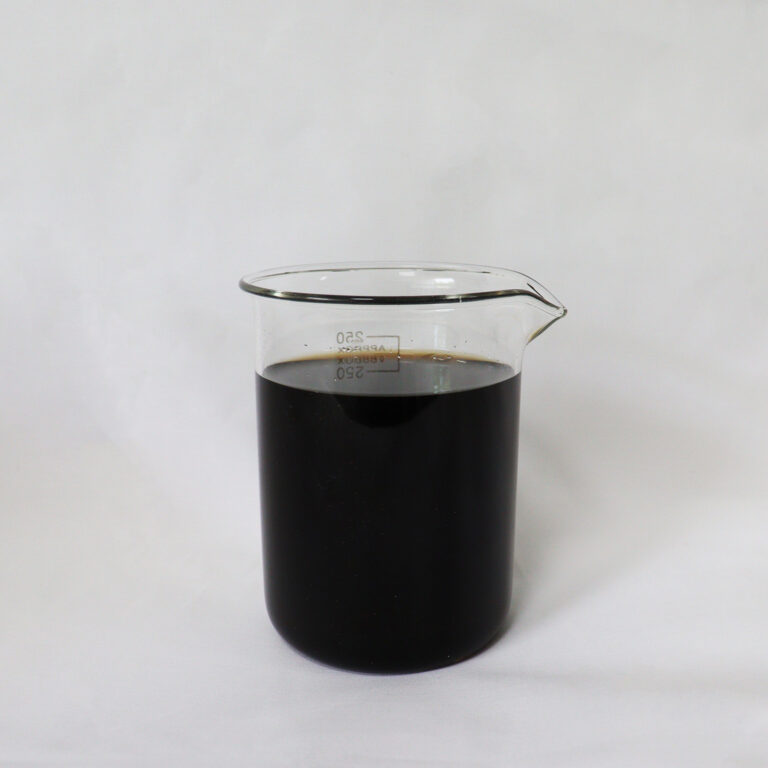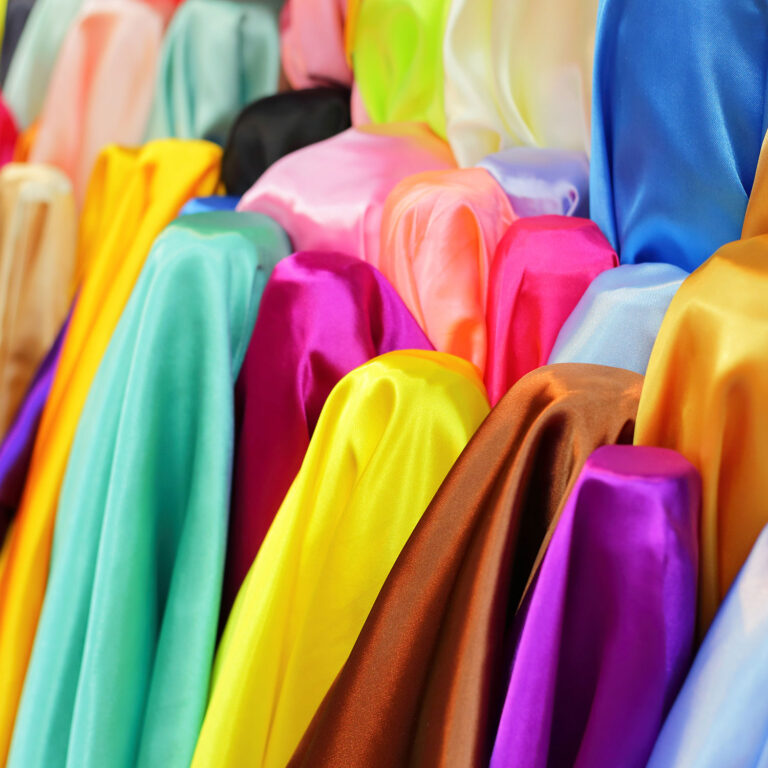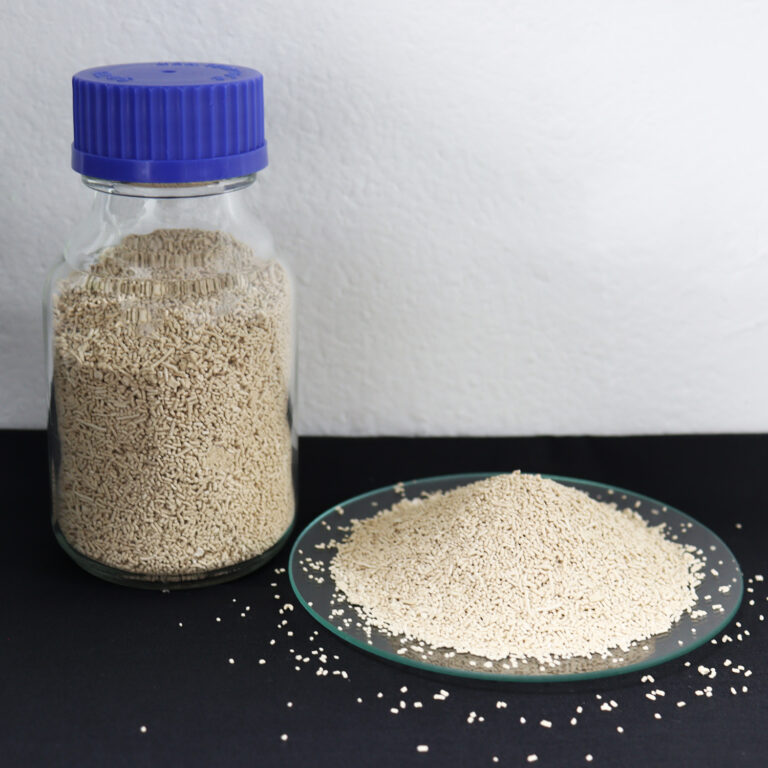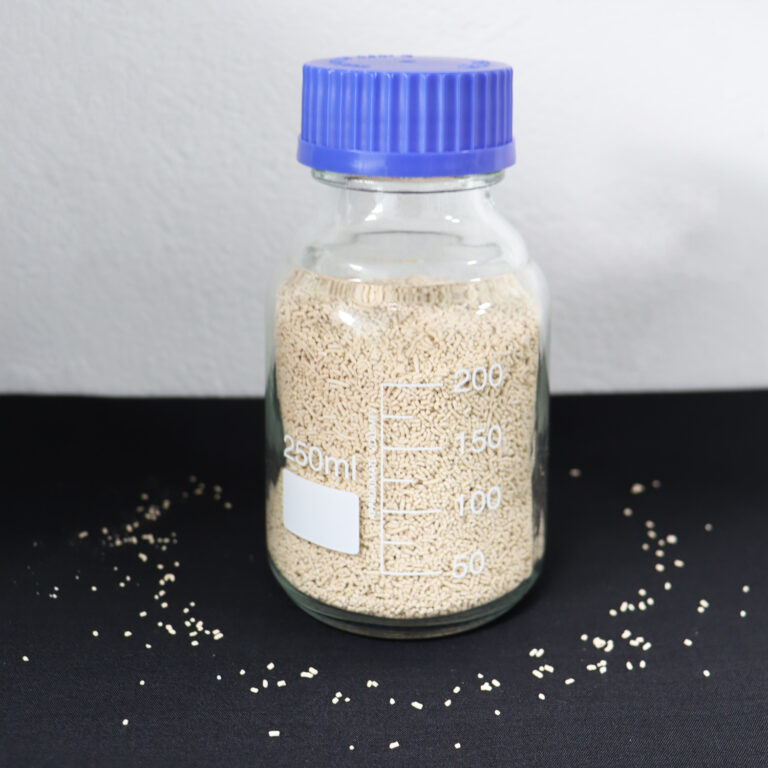The textile industry is one of the oldest yet most innovative sectors in human history. From the clothes we wear daily to high-performance fabrics used in aerospace, chemistry plays a central role in transforming raw fibers into finished textiles with unique colors, textures, and functionalities. This article provides an overview of how chemistry is applied across different stages of textile production and why it is essential for the future of fabrics.
1. Chemistry in Fiber Production
Textiles begin with fibers, which can be natural (cotton, wool, silk) or synthetic (polyester, nylon, acrylic).
- Natural fibers rely on chemical treatments for cleaning, bleaching, and improving dye absorption.
- Synthetic fibers are entirely chemistry-driven, produced through polymerization processes that create long chains of molecules. Without chemistry, materials like polyester and spandex would not exist.
2. Chemistry in Dyeing and Printing
One of the most visible applications of chemistry in textiles is coloring. Dyes and pigments are chemically formulated to bond with fibers and create long-lasting, vibrant fabrics.
- Acid dyes are commonly used for protein-based fibers like wool and silk.
- Reactive dyes form strong covalent bonds with cotton and other cellulose fibers.
- Disperse dyes are essential for synthetic fibers such as polyester.
Advanced chemical formulations ensure colorfastness, preventing fabrics from fading during washing or exposure to sunlight.


3. Chemistry in Textile Finishing
Beyond color, chemistry gives fabrics their functional properties:
- Water repellency through fluorochemical or silicone finishes.
- Wrinkle resistance with resin-based treatments.
- Flame retardancy via phosphorus- or nitrogen-based compounds.
- Antimicrobial finishes using silver nanoparticles or bio-based agents.
These chemical treatments enhance performance, durability, and comfort, making textiles suitable for diverse applications ranging from fashion to medical use.
4. Chemistry and Sustainability in Textiles
While traditional chemical processing in textiles has raised concerns about environmental impact, new approaches are shaping a greener future.
- Enzyme-based treatments reduce reliance on harsh chemicals.
- Low-impact dyes and natural dyeing techniques help minimize water pollution.
- Green chemistry innovations focus on biodegradable and non-toxic alternatives for textile finishing.
The shift toward sustainable chemistry is helping the industry meet growing demands for eco-friendly fabrics.
Conclusion
Chemistry is the backbone of the textile industry, driving everything from the creation of fibers to the final finishing touches that determine comfort, durability, and style. As technology advances, chemistry continues to shape the way we produce, process, and innovate textiles, especially with the rise of sustainable solutions.
If you are looking for reliable solutions in textile chemistry, feel free to reach out to Meixin Biotech at connie.huang@meixinbiotech.com for more information and support.
Textile Auxiliaries Industry Articles
The Role of Chemistry in Textile Finishing Processes
The Science Behind Fabrics: How Chemistry Shapes What We Wear
Why Chemistry is Essential for Modern Textiles
The Role of Chemistry in the Textile Industry: An Overview
How Chemistry Enhances Comfort, Durability, and Style in Fabrics
Understanding Textile Auxiliaries: The Hidden Chemistry Behind Fabric Quality
Most Common Chemicals Used in the Textile Industry and Their Functions


